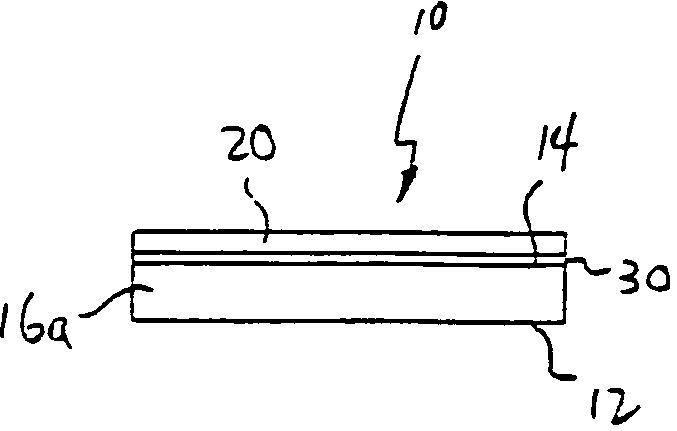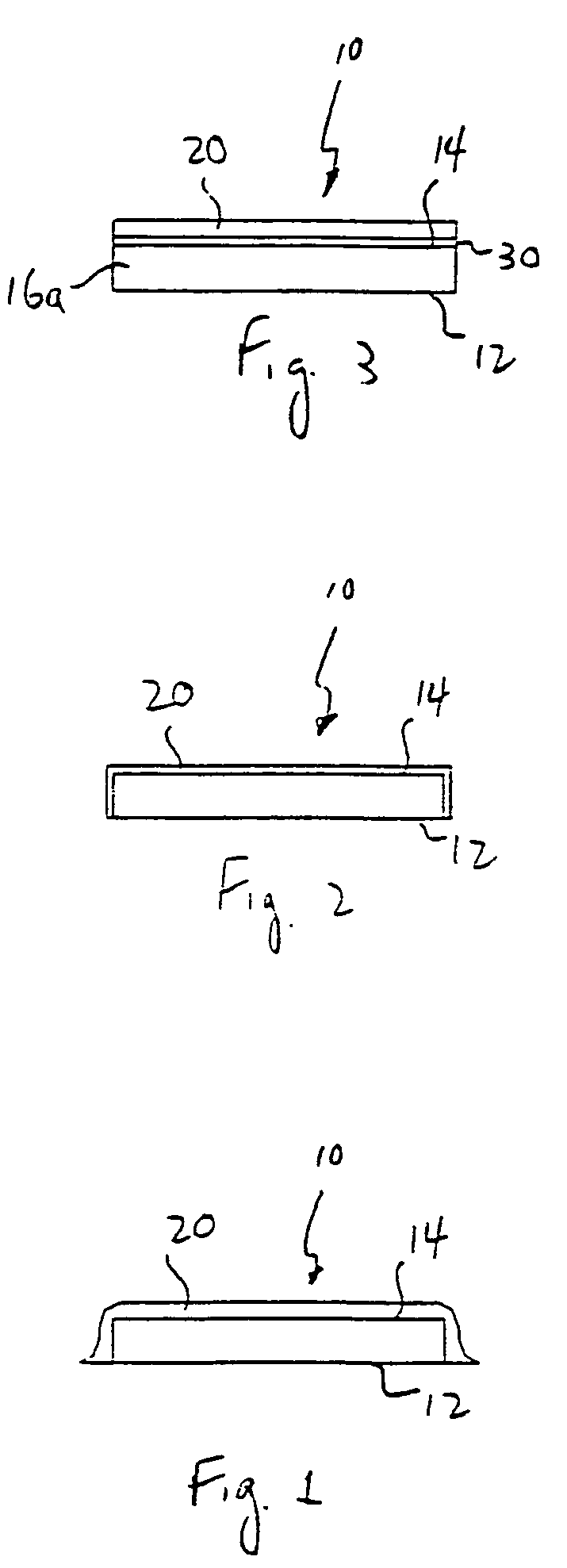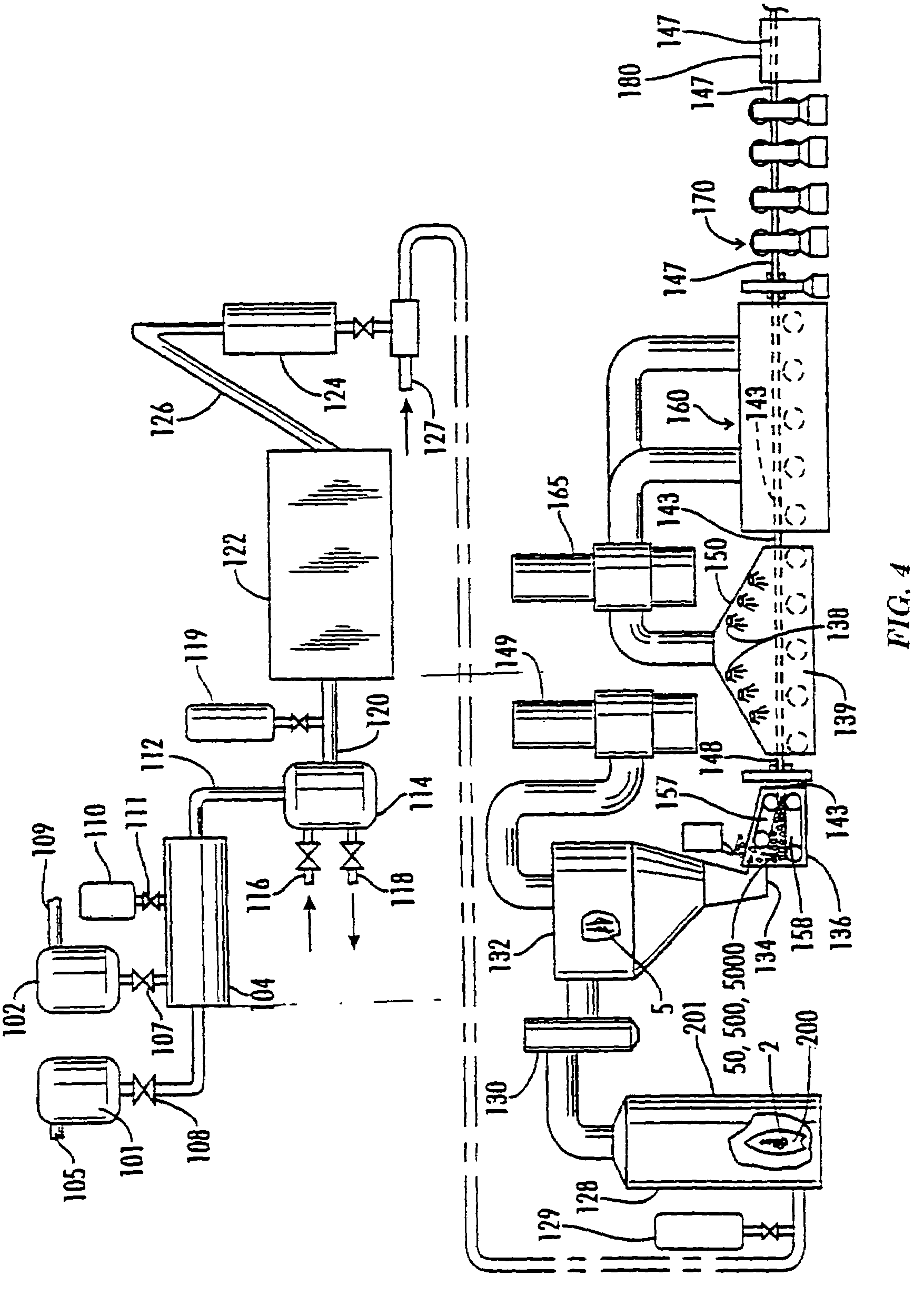Heat spreader for display device
a technology of display device and heat spreader, which is applied in the direction of identification means, electrical apparatus casings/cabinets/drawers, semiconductor/solid-state device details, etc., can solve the problems of large voltages for activation becoming more susceptible to thermal deterioration, difficult heat conduction in directions parallel to the panel face, and difficult to achieve good thermal contact, prevent or reduce the possibility of graphite particles flaking off, and sufficient volume
- Summary
- Abstract
- Description
- Claims
- Application Information
AI Technical Summary
Benefits of technology
Problems solved by technology
Method used
Image
Examples
example 1
[0097]The thermal properties of a Panasonic plasma TV model number TH42PA20 using an acrylic thermal spreader attached to the back of the plasma display panel are analyzed under the following different screen conditions. Patterns of white and black are generated on the display and the screen surface temperatures measured using an infra-red camera. In all cases the background is black. Patterns consisted of: 1) three white lines evenly spaced horizontally across the screen (23.9% screen illumination) and; 2) a 4×3 array of evenly spaced white dots (4% screen illumination). After testing the unit with the conventional acrylic thermal spreader, the acrylic spreader is removed and replaced with a flexible graphite thermal spreader 1.4 mm thick and having an in-plane thermal conductivity of approximately 260 W / m° K. The plasma display is then re-tested under identical conditions as previously stated, and the results set out in Table 1.
[0098]
TABLE 1WhiteThermalPattern TPatternSpreaderTmax...
example 2
[0099]The thermal properties of a NEC plasma display model Plasmasync 42″ 42XM2 HD using an aluminum / silicone thermal spreader attached to the back of the plasma display panel are analyzed under the following different screen conditions. Patterns of white and black are generated on the display and the screen surface temperatures are measured using an infra-red camera. In all cases the background is black. Patterns consisted of: 1) three white lines evenly spaced horizontally across the screen (23.9% screen illumination) and; 2) a 4×3 array of evenly spaced white dots (4% screen illumination). After testing the unit with the conventional aluminum / silicone thermal spreader, the aluminum / silicone thermal spreader is removed and replaced with a flexible graphite thermal spreader 1.4 mm thick and having a thermal conductivity of approximately 260 W / m° K. The display is then re-tested under identical conditions, and the results set out in Table 2.
[0100]
TABLE 2WhitePattern TPatternThermal ...
PUM
| Property | Measurement | Unit |
|---|---|---|
| speed | aaaaa | aaaaa |
| thickness | aaaaa | aaaaa |
| thickness | aaaaa | aaaaa |
Abstract
Description
Claims
Application Information
 Login to View More
Login to View More - R&D
- Intellectual Property
- Life Sciences
- Materials
- Tech Scout
- Unparalleled Data Quality
- Higher Quality Content
- 60% Fewer Hallucinations
Browse by: Latest US Patents, China's latest patents, Technical Efficacy Thesaurus, Application Domain, Technology Topic, Popular Technical Reports.
© 2025 PatSnap. All rights reserved.Legal|Privacy policy|Modern Slavery Act Transparency Statement|Sitemap|About US| Contact US: help@patsnap.com



